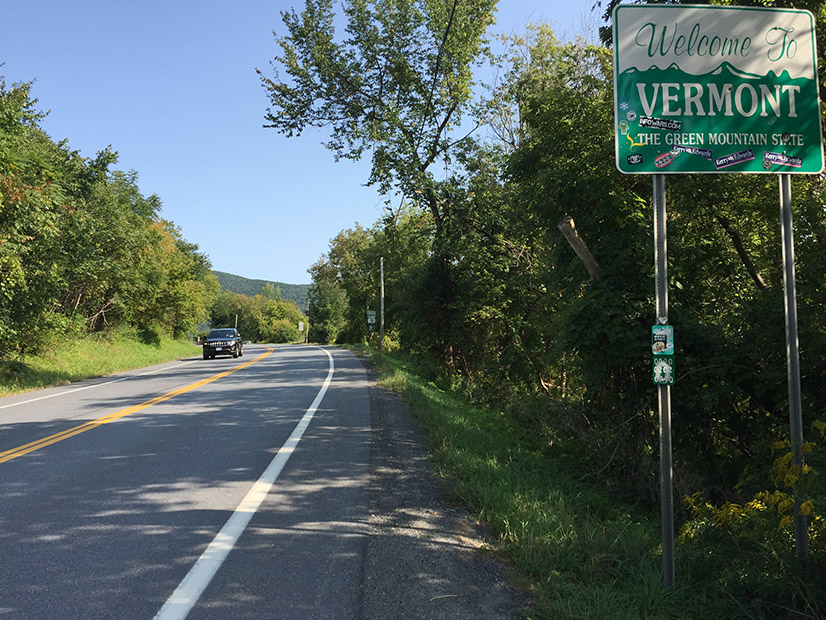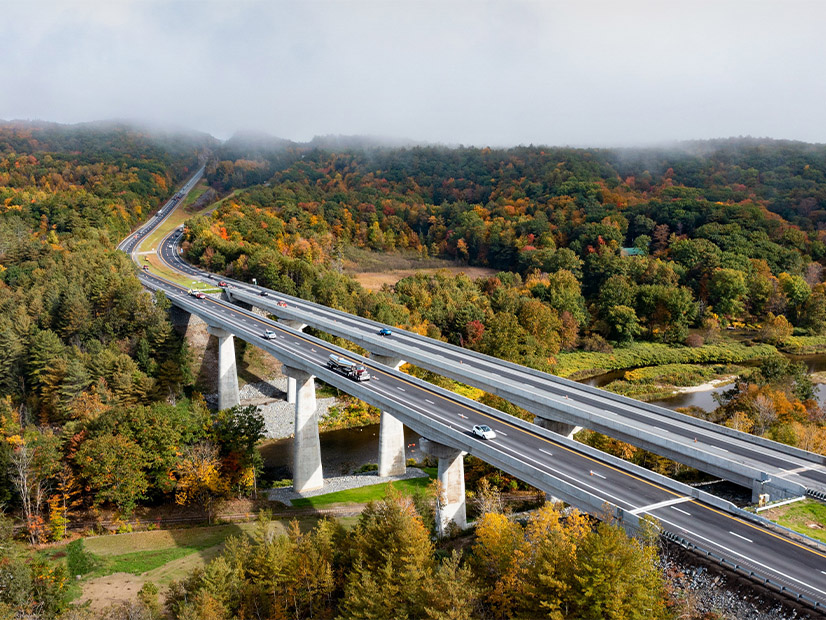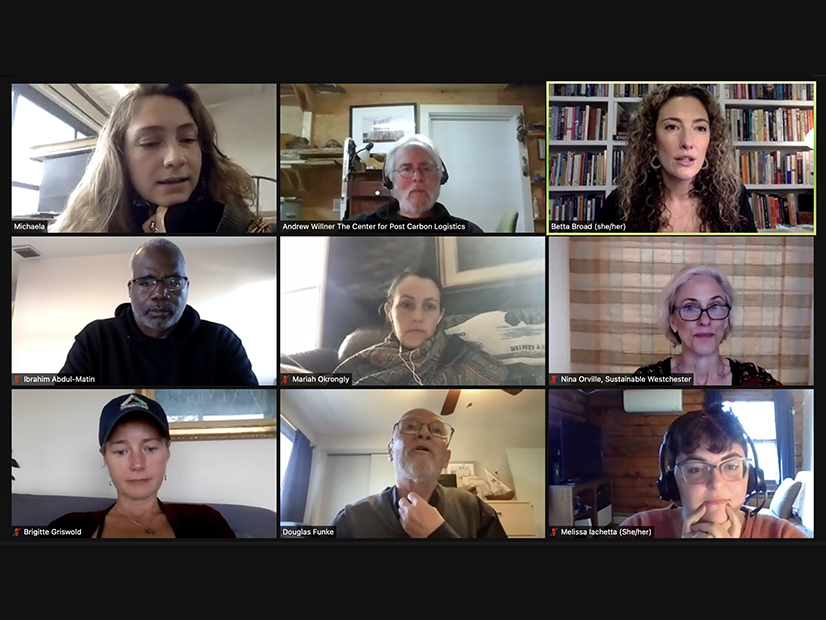Transportation and Climate Initiative Program (TCI-P)
The Vt. Agency of Natural Resources will adopt four California vehicle emission standards by the end of the year so they will be effective for model year 2026.
Maura Healey is focusing on climate in the race to replace Charlie Baker as Massachusetts governor.
A task group of the Vermont Climate Council will take an extra six months to identify an alternative to TCI-P for reducing transportation emissions.
As federal infrastructure funds arrive, TCI-P revenue looks less and less likely. Where does that leave EVs in Massachusetts?
The Western Climate Initiative is one option the Vermont Climate Council will explore to replace TCI-P in its Climate Action Plan released in December.
With Northeast states backing out of joining TCI-P, states now have a major funding gap for their plans to clean up the transportation sector.
New York is trying to reduce transportation-related pollution not only by promoting EVs, but by increasing the availability of public buses and light rail.

Famartin, CC BY-SA-4.0, via Wikimedia
Vermont’s climate action plan will not abandon the potential for state TCI-P participation entirely, despite the program’s uncertainty.

jglazer75, CC BY-SA 2.0, via Wikimedia Commons
Connecticut Environmental advocates vow to maintain pressure on lawmakers to pass enabling legislation for the Transportation and Climate Initiative Program.
Gov. Ned Lamont said he would not pursue the TCI-P next year, arguing that rising gas prices make the enabling legislation “a pretty tough rock to push."
Want more? Advanced Search







